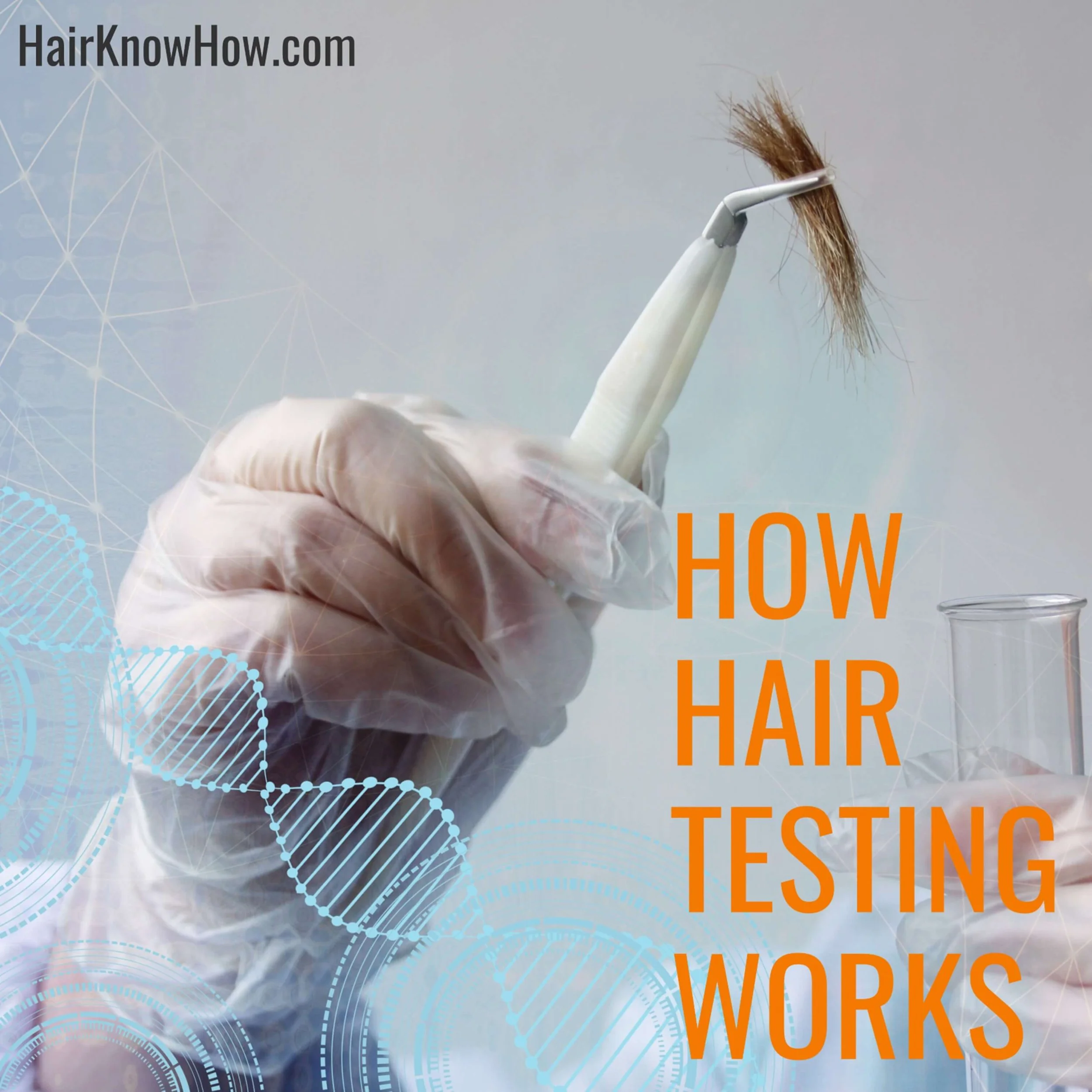Understanding the Science and Process Behind Hair Tests
Hair testing is a widely used method for detecting drugs and other substances, such as alcohol, in an individual's body. But how does a hair test work? Many types of hair tests are available, even hair health testing. We'll describe the science behind hair testing and break down the procedure in this article. We'll also address some often-asked queries regarding the precision of hair testing.
The Hair Testing Process
The first step in a hair test is to acquire a sample of hair. The sample usually is 1.5 inches long, or around 90 days of hair growth, and is generally cut as near to the scalp as feasible. Typically, the scalp is the place where this is obtained, but it can also be taken from the chest, armpit, or leg, although this is less common. Depending on the aims of the test and the type of test being used, full-length hair may be required for hair analysis. It is possible to section a hair sample that is longer in length in order to analyse drug usage over an extended period of many months.
The sample is sent to a lab for evaluation after collection. The sample will be tested in the lab for drugs and other chemicals using an immunoassay procedure. A more sensitive test, such as gas chromatography/mass spectrometry (GC/MS) or liquid chromatography/mass spectrometry (LC/MS), will then be performed on the material if the screening test is positive.
Hair Samples Are Analysed At Specialist Laboratories.
Hair sample drug analysis in the lab is a two-step procedure. The screening test, which is typically an immunoassay, is the first stage. This test determines if the hair sample contains drugs or other substances. The confirmation test comes after the screening test and is more accurate. The confirmation test, typically GC/MS or LC/MS technique, is used to validate the screening test's findings.
Interpretation of Hair Test Results
The results are delivered to the person or organisation who ordered the test once the laboratory has finished analysing the hair sample. The type of drug or substance discovered and its concentration in the hair sample will typically be included in the results. Before making any decisions based on the results, it is crucial to get the advice of a medical or legal professional because the interpretation of these results can be complicated.
The Science Behind Hair Testing
The idea behind hair testing is that since drugs and other compounds such as are incorporated into the hair as it grows, they can be found in hair samples. This is so because the bloodstream, the source of nutrients for hair development, might contain medications and other chemicals. The medicines and other compounds are incorporated into the structure of the hair as it develops. Therefore, a person's hair can be a long-term drug use record.
Numerous drugs, including marijuana, cocaine, opiates, and amphetamines, can be found through hair testing. Other drugs, including alcohol, nicotine, and steroids, are also detectable by it.
Methods For Testing Hair
Various techniques are available for testing hair, including ELISA, RIA, and GC/MS. The most used method for identifying pharmaceuticals in hair samples is ELISA, which is easy, affordable, and accurate. The highly sensitive RIA technique is used to identify very small amounts of pharmaceuticals in hair samples. The most sensitive technique, GC/MS, is utilised to validate the outcomes of ELISA and RIA tests.
Understanding Hair Test Results
It is crucial to realise that hair testing is complicated and that the outcomes can be challenging to interpret. This is because various factors, including hair treatments, hair dyes, and scalp disorders, can impact hair samples. How the hair sample was tested may also affect how the results are interpreted.
How Accurate Are Hair Tests?
Hair tests accurately find drugs and other substances in someone's body. External factors, including hair treatments, scalp conditions, hair care products and the method utilised to test the hair sample, affect how accurate a hair test is. As with any testing technique, there is a tiny possibility for inaccurate results.
Compared to urine or blood tests, hair tests have a smaller detection window. Unlike urine and blood tests, which generally can only detect drug use for the most recent few days, hair testing can detect drug use for up to 90 days.
Get Expert Hair Analysis and Help
If you are interested in learning about hair testing or have a hair concern you would like to discuss, then please do get in touch. Contact the HairKnowHow Team if you have any questions.







